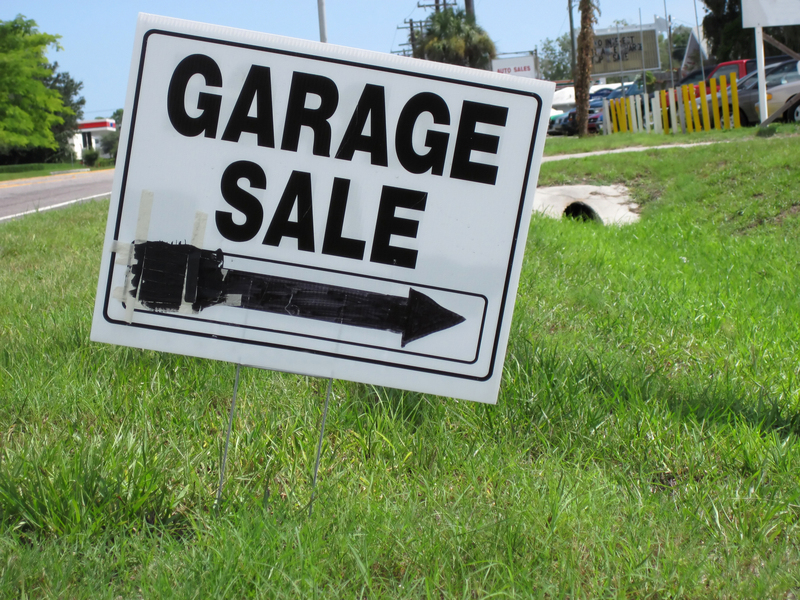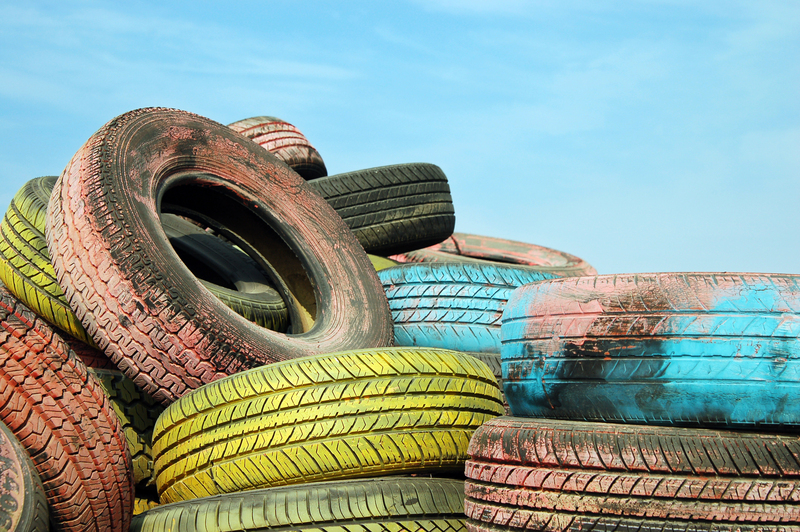The issue of ocean plastic pollution has reached critical levels, posing significant threats to marine life, ecosystems, and human health. Each year, millions of tons of plastic waste enter the oceans, compounding the existing environmental crisis. The scale of the problem necessitates urgent, coordinated efforts on multiple fronts to mitigate its impact and prevent further deterioration of our marine environments. This comprehensive guide explores actionable steps to reduce ocean plastic pollution and offers insights into how individuals, communities, businesses, and governments can contribute to a healthier planet.
Understanding Ocean Plastic Pollution
Before diving into the specific steps to reduce ocean plastic pollution, it is essential to understand the nature and gravity of the problem. Ocean plastic pollution primarily consists of items like plastic bottles, bags, fishing nets, and microplastics. These materials do not biodegrade; instead, they break down into smaller fragments over time, continuing to harm marine ecosystems indefinitely.
- Plastic Bottles: Billions of plastic bottles are produced and consumed annually, with a significant portion ending up in oceans.
- Plastic Bags: Lightweight and easily transportable by wind and water, plastic bags pose a severe threat to marine wildlife.
- Fishing Nets: Abandoned or lost fishing gear, known as "ghost nets," can entangle and kill marine animals.
- Microplastics: These tiny plastic particles originate from larger plastic debris, cosmetics, and synthetic clothing fibers, causing extensive harm to marine organisms.

Steps to Ocean Plastic Reduction
1. Reduce Single-Use Plastics
One of the most effective ways to combat ocean plastic pollution is to reduce the use of single-use plastics. Items like plastic straws, utensils, bottles, and bags are often used briefly but take centuries to decompose in the marine environment.
- Opt for Reusable Alternatives: Swap single-use plastic items for reusable products, such as metal straws, cloth bags, and glass bottles.
- Implement Plastic Bans: Support and advocate for policies that ban or restrict single-use plastics at local, national, and international levels.
2. Improve Waste Management Systems
Effective waste management is crucial in preventing plastic waste from reaching our oceans. Enhancing collection, recycling, and disposal systems can significantly reduce the amount of plastic that ends up in marine environments.
- Upgrade Infrastructure: Invest in modern waste management infrastructure to increase recycling rates and efficiency.
- Educational Campaigns: Educate the public on proper waste disposal and the importance of recycling to ensure widespread participation.
3. Promote Extended Producer Responsibility (EPR)
Extended Producer Responsibility (EPR) is a policy approach that holds manufacturers accountable for the entire lifecycle of their products, including post-consumer waste. By implementing EPR, companies are incentivized to design sustainable, eco-friendly products and manage their end-of-life.
- Encourage Legislative Action: Advocate for EPR regulations that mandate producers to take responsibility for waste management.
- Support Eco-Design: Push for product designs that minimize plastic use and enhance recyclability.
4. Foster Clean-Up Initiatives
Ocean and beach clean-up initiatives play an essential role in removing existing plastic pollution and raising awareness about the issue. Community engagement in these efforts can inspire collective action and drive long-term change.
- Organize Clean-Ups: Participate in or organize local clean-up events to remove plastic waste from beaches, rivers, and coastal areas.
- Collaborate with Organizations: Partner with environmental NGOs that specialize in large-scale clean-up projects and marine debris removal.
Innovation and Technological Solutions
5. Develop Advanced Recycling Technologies
Innovative recycling technologies can transform the way we handle plastic waste, making processes more efficient and effective. Investing in advanced recycling methods can significantly reduce plastic pollution.
- Enhanced Chemical Recycling: Advanced chemical recycling breaks down plastics into their original components, allowing for high-quality reuse.
- AI and Robotics: Utilize artificial intelligence and robotics to improve sorting and recycling processes within waste management systems.
6. Support Biodegradable Materials
The development and adoption of biodegradable and compostable materials can offer sustainable alternatives to conventional plastics. These materials break down more quickly and reduce the long-term impact on marine environments.
- Research and Development: Invest in R&D to create high-performance biodegradable materials suitable for various applications.
- Market Adoption: Encourage businesses and consumers to adopt biodegradable products through incentives and awareness campaigns.
International Collaboration and Policy
7. Strengthen International Agreements
Global cooperation is essential to addressing the transboundary nature of ocean plastic pollution. Strengthening international agreements and frameworks can ensure coordinated efforts and shared responsibilities.
- Support Global Initiatives: Advocate for strong global agreements, such as the United Nations Clean Seas campaign, to combat marine plastic pollution.
- Regional Collaboration: Foster regional partnerships to address specific challenges and share best practices in plastic waste management.
8. Implement and Enforce Regulations
Robust regulations and their enforcement are critical to reducing plastic pollution. Governments should implement comprehensive policies and ensure strict compliance to achieve significant progress.
- Legislation: Enact laws that limit plastic production, consumption, and disposal while promoting recycling and sustainable alternatives.
- Monitoring and Enforcement: Establish monitoring systems to track compliance and penalize violations effectively.

Individual Actions and Community Engagement
9. Educate and Advocate
Raising awareness about ocean plastic pollution and its impact can spur individual and collective action. Education and advocacy efforts are essential components in driving change at the grassroots level.
- Inform and Inspire: Use social media, community events, and educational programs to spread knowledge about the dangers of plastic pollution.
- Engage Youth: Empower young people to become environmental stewards through school programs and youth-led initiatives.
10. Practice Sustainable Living
Individual lifestyle choices can make a significant impact on reducing plastic waste. Adopting sustainable living practices helps reduce the demand for single-use plastics and promotes environmental consciousness.
- Mindful Consumption: Make informed choices regarding purchases, opting for products with minimal or sustainable packaging.
- Reduce, Reuse, Recycle: Follow the three R's principle to minimize waste production and promote a circular economy.
Conclusion
Reducing ocean plastic pollution is a multifaceted challenge that requires concerted efforts from all sectors of society. By implementing the steps outlined in this guide, we can make meaningful progress towards cleaner, healthier oceans. From reducing single-use plastics and improving waste management systems to supporting innovative technologies and fostering international collaboration, every action counts in the fight against plastic pollution. Ultimately, it is through collective responsibility, sustained commitment, and proactive measures that we can safeguard our marine ecosystems for future generations.


